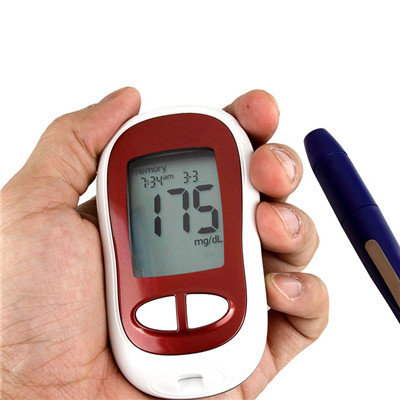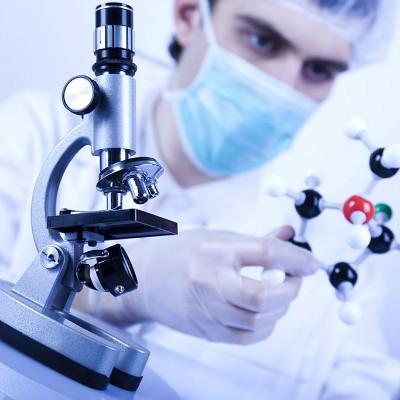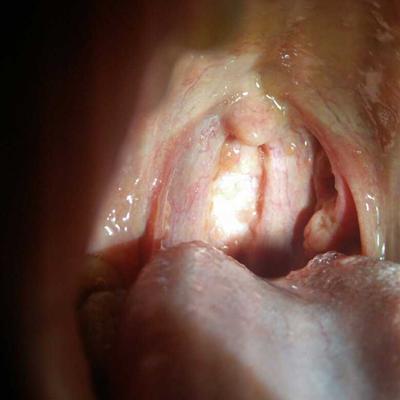How is hematopoietic stem cell transplantation going on?
summary
Hematopoietic stem cell transplantation (HSCT) is to remove tumor or abnormal cells in the recipient's body through high-dose radiotherapy and chemotherapy pretreatment, and then to transplant autologous or allogeneic hematopoietic stem cells to the recipient, so that the recipient can reconstruct the normal hematopoietic and immune system. In clinical practice, hematopoietic stem cell transplantation is generally selected according to the disease type, disease status and prognosis, HLA matching results and donor age. Let's take a look at the following.
How is hematopoietic stem cell transplantation going on?
First, according to the different sources of hematopoietic stem cells, they can be divided into: bone marrow transplantation, umbilical cord blood transplantation, peripheral blood hematopoietic stem cell transplantation, etc.
Second, according to the degree of HLA matching between donors and recipients, allogeneic bone marrow transplantation / umbilical cord blood transplantation / peripheral blood hematopoietic stem cell transplantation can be divided into HLA identical transplantation, HLA mismatched transplantation and haploidentical transplantation.
Third: according to the blood relationship between the donor and the recipient, it can be divided into blood related transplantation and non blood related transplantation, that is, the donor from the bone marrow bank
matters needing attention
According to the intensity of pretreatment before transplantation, it can be divided into myeloablative hematopoietic stem cell transplantation and non myeloablative hematopoietic stem cell transplantation.















